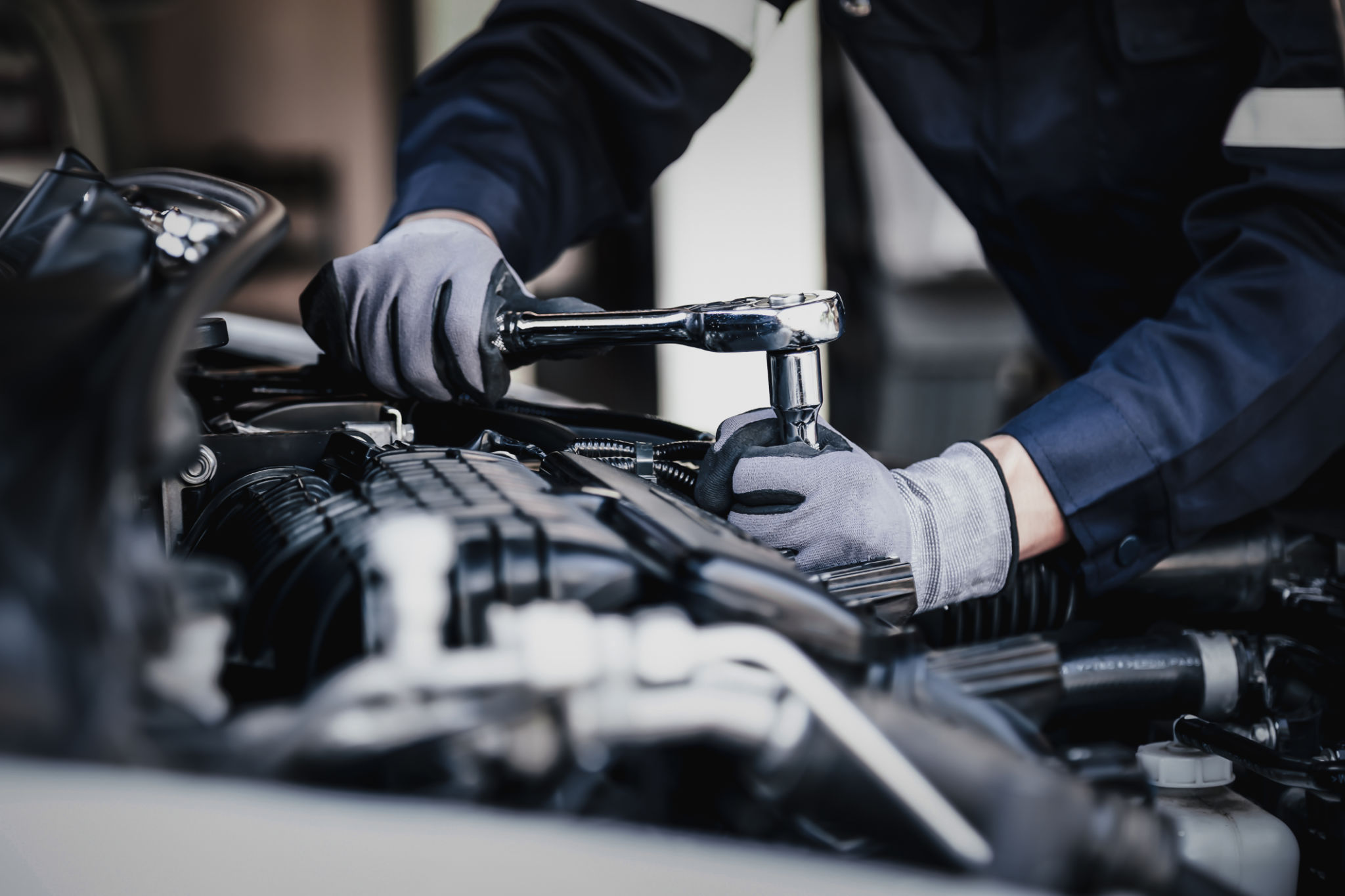The Ultimate Guide to Paintless Dent Repair: Everything You Need to Know
What is Paintless Dent Repair?
Paintless Dent Repair (PDR) is a technique used to remove minor dents and dings from a vehicle's body without affecting the original paint job. This method is not only cost-effective but also environmentally friendly, as it eliminates the need for paint and other potentially harmful materials.
The process involves specialized tools that gently push and massage the dented metal back to its original form. PDR is suitable for various types of damage, including hail damage, door dings, and minor creases.

Benefits of Paintless Dent Repair
One of the primary benefits of PDR is that it preserves the vehicle's original paint finish, which is crucial for maintaining the value of the car. Additionally, PDR is usually quicker and less expensive than traditional dent repair methods.
Here are some key advantages of PDR:
- Cost-effective: PDR is generally less expensive than conventional dent repair methods.
- Time-saving: The process can often be completed in a few hours, compared to days for traditional methods.
- Environmentally friendly: No chemicals or paint are used, making it a greener option.
How Does Paintless Dent Repair Work?
The PDR process starts with a thorough assessment of the damage to determine if it is suitable for this method. Once confirmed, the technician uses specialized tools to access the back of the dent. The dent is then carefully massaged out from the inside, restoring the panel to its original shape.
Technicians often use a combination of techniques, including glue pulling and light reflection boards, to ensure the best results. The precision and skill required make it essential to choose a qualified and experienced PDR technician.

Common Misconceptions About PDR
There are several misconceptions about PDR that can deter vehicle owners from considering this effective method. One common myth is that PDR can only fix very small dents. In reality, PDR can handle a wide range of dent sizes, as long as the paint is not cracked or damaged.
Another misconception is that PDR is a DIY-friendly technique. While some minor dents might seem easy to fix, the precision and skill required for professional results are not easily replicated without proper training and tools.
Choosing the Right PDR Technician
Selecting the right PDR technician is crucial for achieving the best results. Look for technicians who are certified and have extensive experience in paintless dent repair. Reading reviews and asking for recommendations can also help you find a reliable professional.
It's also important to ask about the technician's process and tools. A skilled PDR technician will be transparent about their methods and provide a clear estimate for the repair work.

When is PDR Not Suitable?
While PDR is highly effective for many types of dents, there are situations where it may not be the best option. For instance, if the paint is cracked or if the dent is located on a sharp edge or corner, traditional repair methods may be necessary.
Additionally, extensive damage from a major collision may require more comprehensive bodywork that PDR cannot address. In such cases, it's best to consult with a professional to determine the most appropriate repair method.
Conclusion
Paintless Dent Repair is an excellent option for fixing minor dents and dings while preserving your vehicle's original paint finish. Its cost-effectiveness, time efficiency, and environmental benefits make it a preferred choice for many car owners.
By understanding how PDR works and knowing when it's appropriate, you can make informed decisions about your vehicle's maintenance. Always choose a qualified technician to ensure the best possible outcome for your repair needs.
